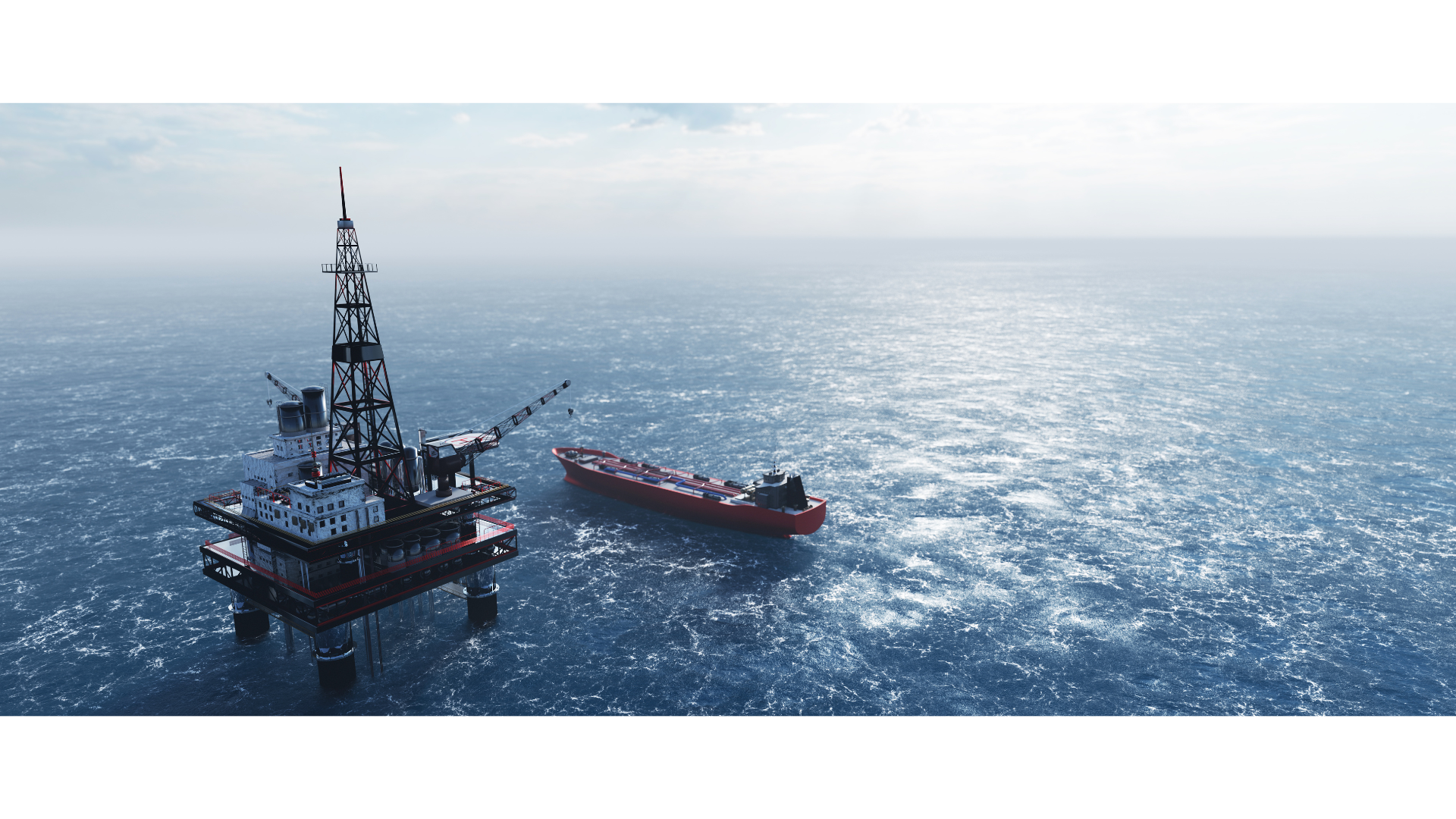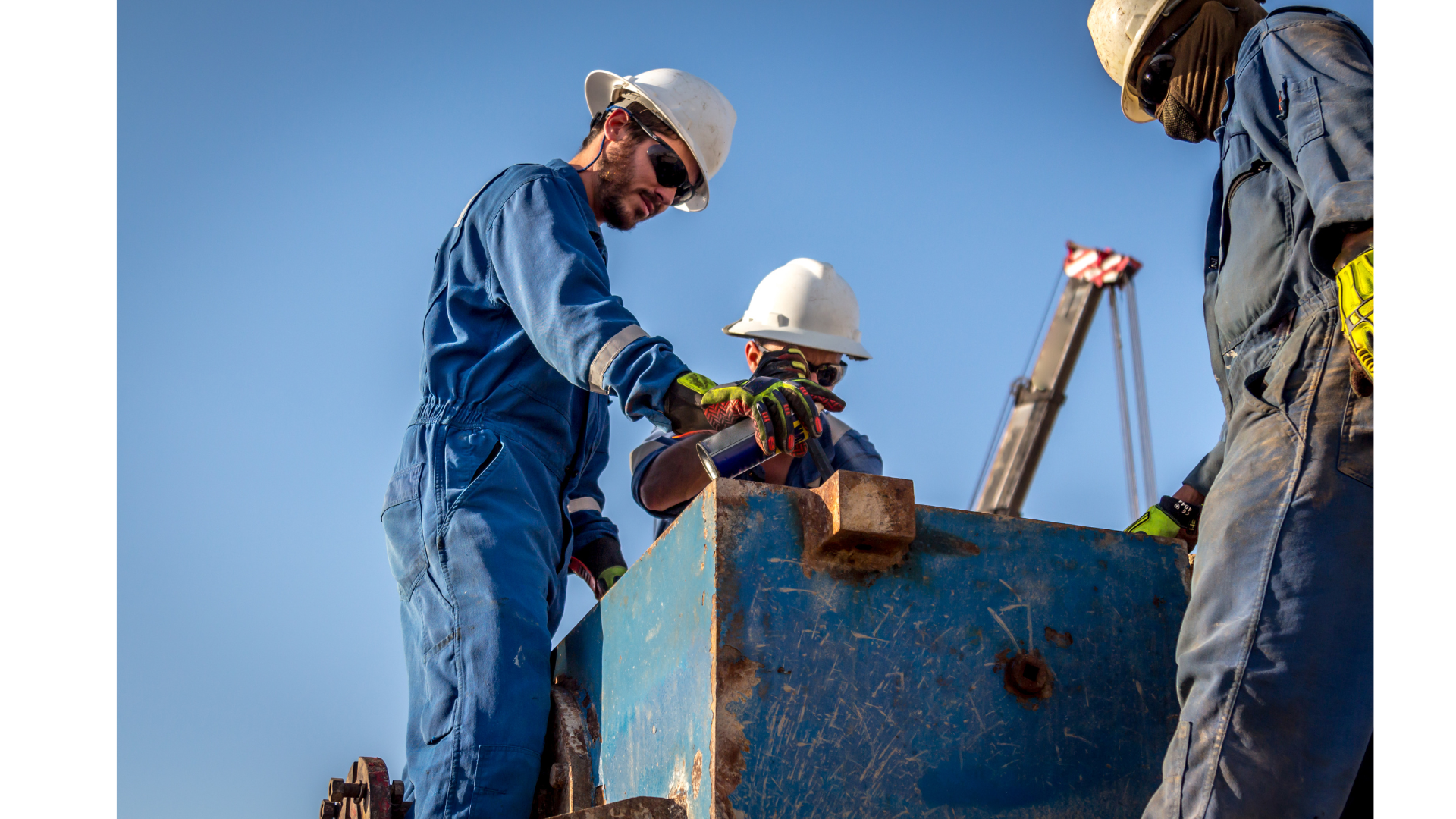
How Dangerous Are Oil Rigs: Improving Quality of Life
Life on an oil rig is not for the faint of heart. In fact, the rate of death on an oil rig lies somewhere between 5.8%-12.1% (via The CDC)--that is, between 5-12 people per 100. Most occupations land somewhere between 3-4 deaths per 100,000 employees (via Marine Insight), for perspective. However, this dangerous occupation still attracts so-called “roughneck” workers to this lucrative industry. For many, the risk for the reward is one they are willing to take. By breaking down what it’s like living life on an oil rig, you can better understand this complex occupation, mitigating risk while maximizing reward. Reap the most returns for your efforts and significant sacrifice by investing in quality oil rig drilling equipment like the components found at Power Drive Supply. Experience the joy that comes with optimized, highly efficient machinery that uses less fuel than your average drill rig processor.
The Average Oil Rig Worker's Schedule Might Look Like This:
- Wake up and prepare gear for the day, 2330
- Eat a large meal and punch in for the shift, 0000
- Take a break at 0200
- Take another break at 0400
- Eat a second major meal at 0600
- Recreational time at 0800
- Take a third break, 1000
- Take a fourth break, 1200
- Eat a third large meal, 1400
- Last break for the shift, 1530
- Eat, prepare for the following shift, and go to bed, 1600
Why Are Oil Rigs Dangerous?
Working on an oil rig is certainly no cakewalk, and can involve dangerous circumstances–whether on land or offshore. Oil rigs present significant hazards due to the complex and high-risk nature of drilling operations. These dangers stem from various factors, including the harsh environments, heavy machinery, and flammable substances involved. The risk of explosions, fires, and oil spills is ever-present, posing threats to both workers and the environment. Additionally, working at heights and in confined spaces increases the likelihood of accidents and injuries. Strict safety protocols and continuous training are imperative to mitigate these risks, but the inherent danger of oil rigs underscores the importance of stringent regulations and diligent oversight in the oil and gas industry.
How to Improve Quality of Life on an Oil Rig
An oil rig is a complex structure designed for the exploration, extraction, and processing of oil and natural gas from beneath the Earth’s surface. Typically situated in offshore locations, these structures consist of a platform supported by a steel structure fixed to the seabed. This means it is essentially an isolated community like you might find in the Alaskan tundra or the Amazonian rainforest. This unique culture can cause select individuals to survive–but it might not be ideal for the average person. Considering how dangerous oil rigs are, making life offshore or onshore as comfortable as possible can be very beneficial for you and your crew. Here are some ways to boost your quality of life living on an oil rig:
Stick to a regular schedule: Routine can help people feel in control of their lives–and can even be beneficial when it comes to setting and achieving goals.
Incorporate exercise: Taking care of your body is critical when it comes to working on an oil rig–so be sure to treat your body kindly. Plus, endorphins can be a welcome release after countless hours spent working.
Get plenty of sleep: Getting enough sleep on an oil rig is paramount, especially considering fatigue can be life-threatening not only to you but to your coworkers.
Eat nourishing foods: Try your best to eat well-balanced meals each day. There are a staggering number of heart attacks that happen on oil rigs; don’t fall into this trap!
Take up a hobby: Take up a hobby, such as carving wooden spoons, reading, puzzles, or some other easily stowable hobby. This can be a great icebreaker with your colleagues as well.
Invest in quality supplies: In everything from gloves and eye protection to the actual rigs themselves, there’s no sense in buying budget materials when lives are on the line. Prioritize your safety and take care of your crew by investing in world-class oil rig equipment.
Living Quarters on an Oil Rig
Living on an oil rig is much like living in a small, contained ecosystem. Oftentimes, the rigs offer bunk-style accommodations for the workers along with a dining hall, toilets and showers, etc. Workers often live on oil rigs from six months up to a year–quite a long time to be away from the mainland!
What Oil Rig Workers Do

Oil rig workers, also known as “roughnecks,” play a crucial role in the extraction and processing of oil and natural gas. These individuals endure demanding, physically challenging conditions as they work in shifts on offshore or onshore rigs. Their responsibilities include operating drilling equipment, ensuring the proper functioning of machinery, and maintaining safety protocols. Rig workers are involved in the drilling process, where they manipulate the drill string, monitor pressure levels, and control the extraction of oil or gas from reservoirs beneath the Earth’s surface. They oversee the installation of casing to secure wells and are responsible for maintaining and repairing equipment to prevent downtime.
Safety is paramount in this high-risk environment, and rig workers are trained to respond quickly to emergencies. They also conduct routine inspections, implement safety procedures, and participate in emergency drills to mitigate risks. (For more on experiencing the peace of mind that comes with investing in quality oil rig drilling equipment, check out our recent article on oil rig safety!)
Living on the rig for extended periods, workers form a tight-knight community and collaborate across various roles, including drillers, mechanics, and technicians. Their demanding but essential work ensures the efficient and secure extraction of valuable energy resources, contributing to the global energy supply while adhering to strict safety and environmental standards. In short, they do all the hard work of getting oil from the reservoir in the ground to companies that can use the product to “run the world.”
Best Oil Rig Supplier in Wyoming
Working in the oil rig industry is not for everyone. This type of career can be taxing mentally, emotionally, and physically–and it’s not without its significant risks. However, many who enjoy this kind of work find that the financial rewards can be worth a few months of hard labor–and as long as you work for a boss who’s focused on safety and investing in quality equipment, your job should be relatively straightforward, lucrative, and involve mitigated risks.
Don’t let your crew boss buy from just any old oil rig supplier. Invest in the best with Power Drive Supply and enjoy the confidence that comes with knowing your equipment is going to perform in optimal condition with reduced risk to your safety. You will love the satisfaction of working with efficient equipment–not to mention it’s safer than working with outdated gear! (Want to know more about Equipment Financing? Check out this resource!)
Drill into savings today and kickstart your next oil rig venture!
